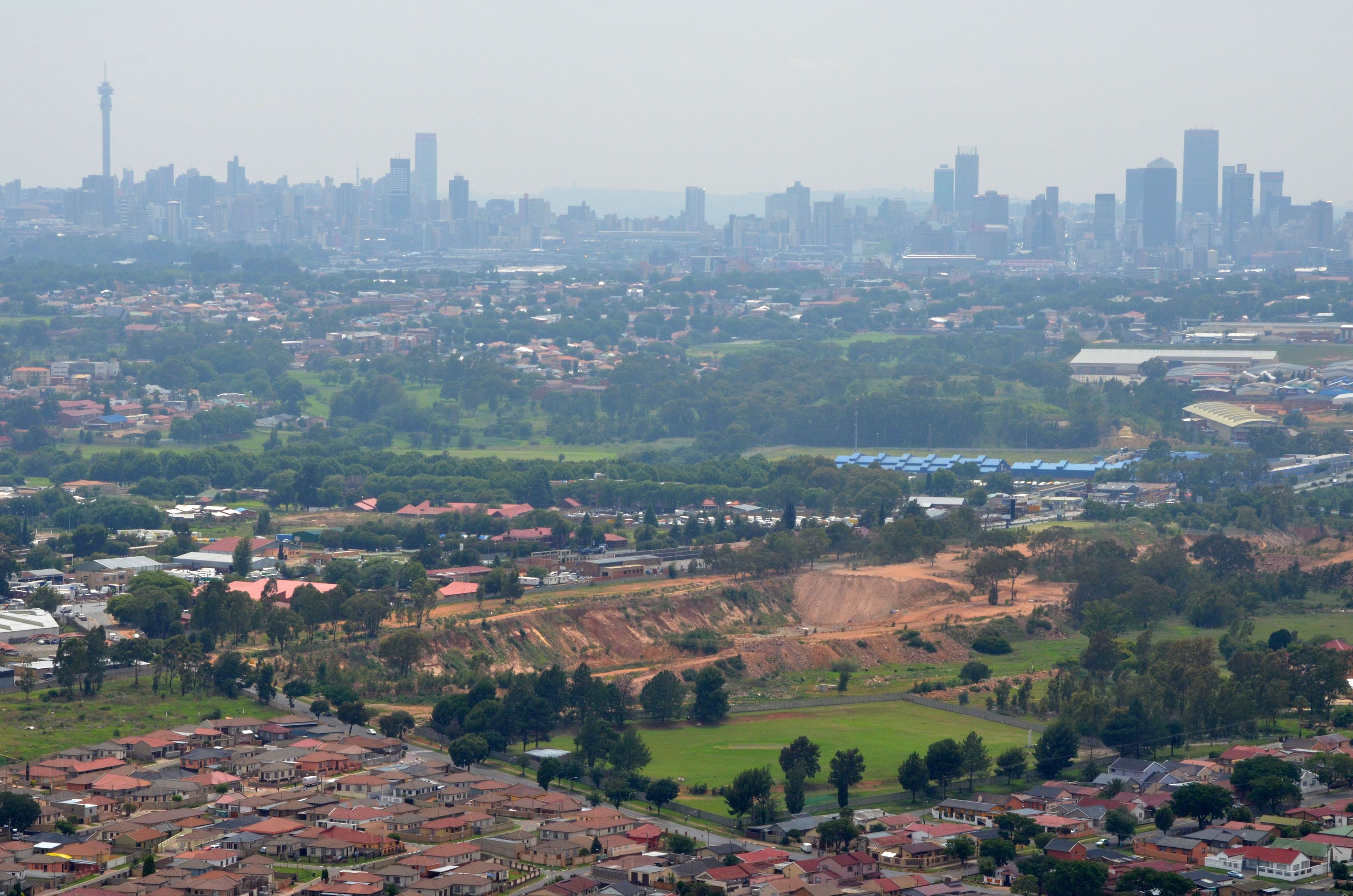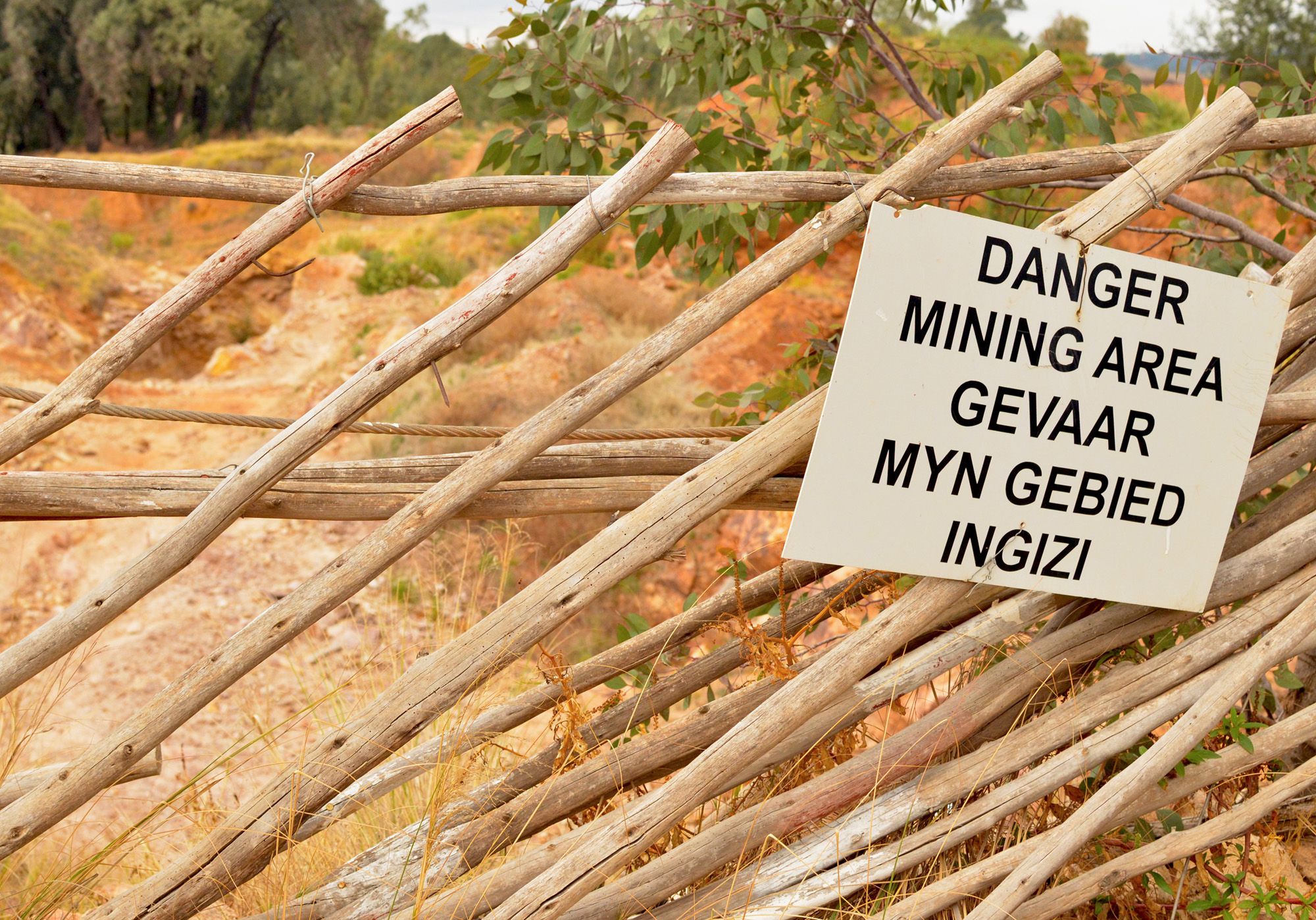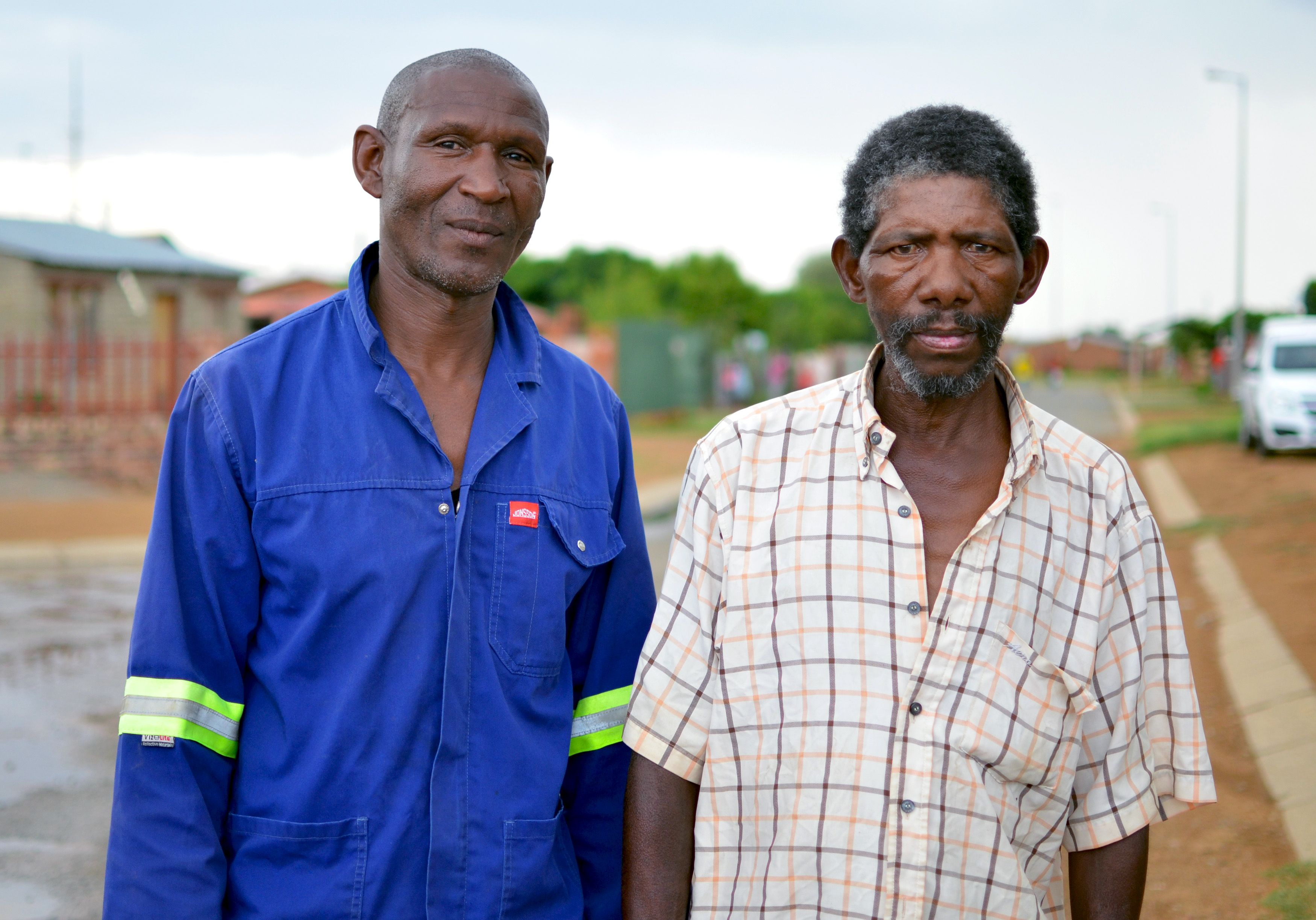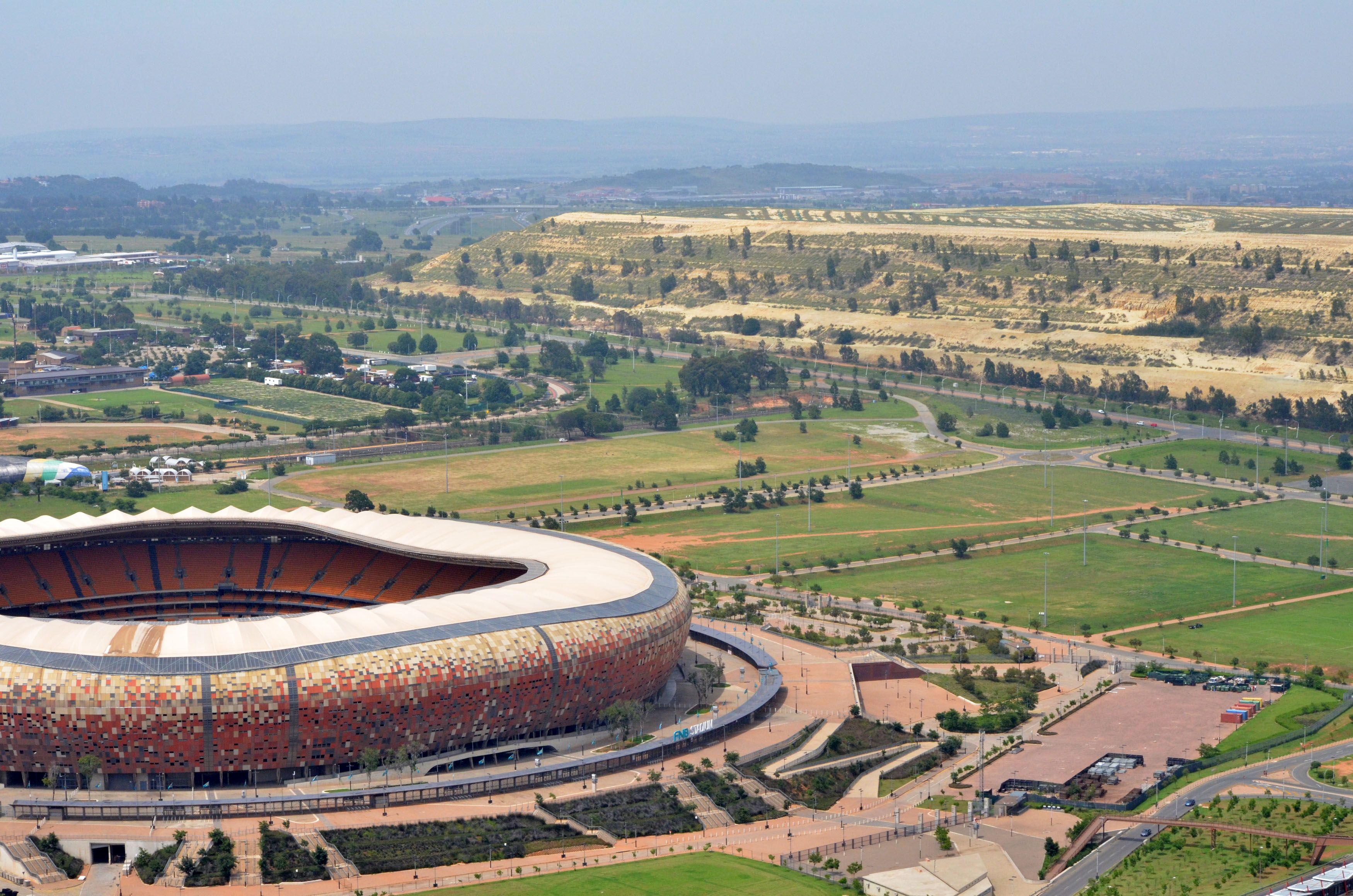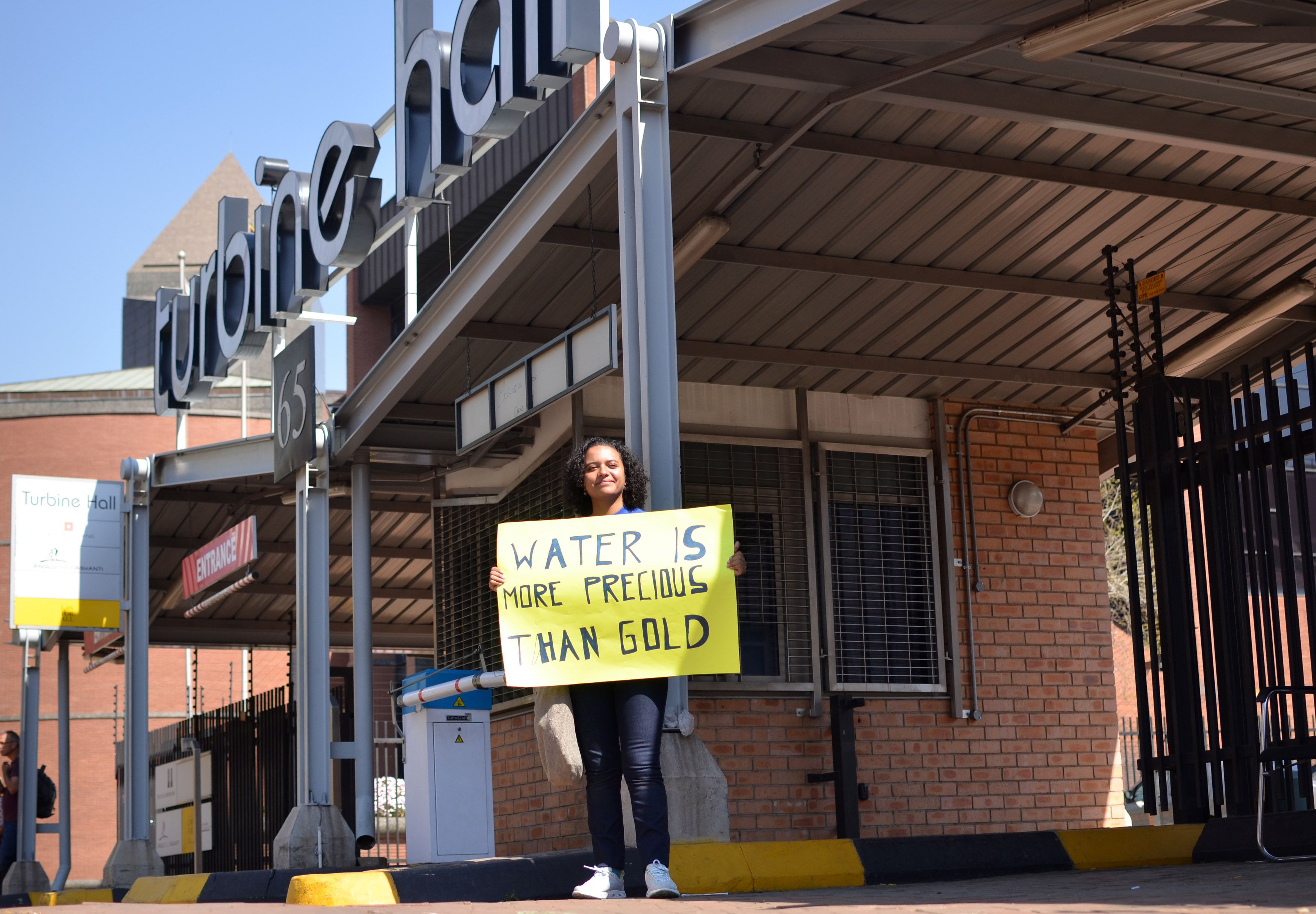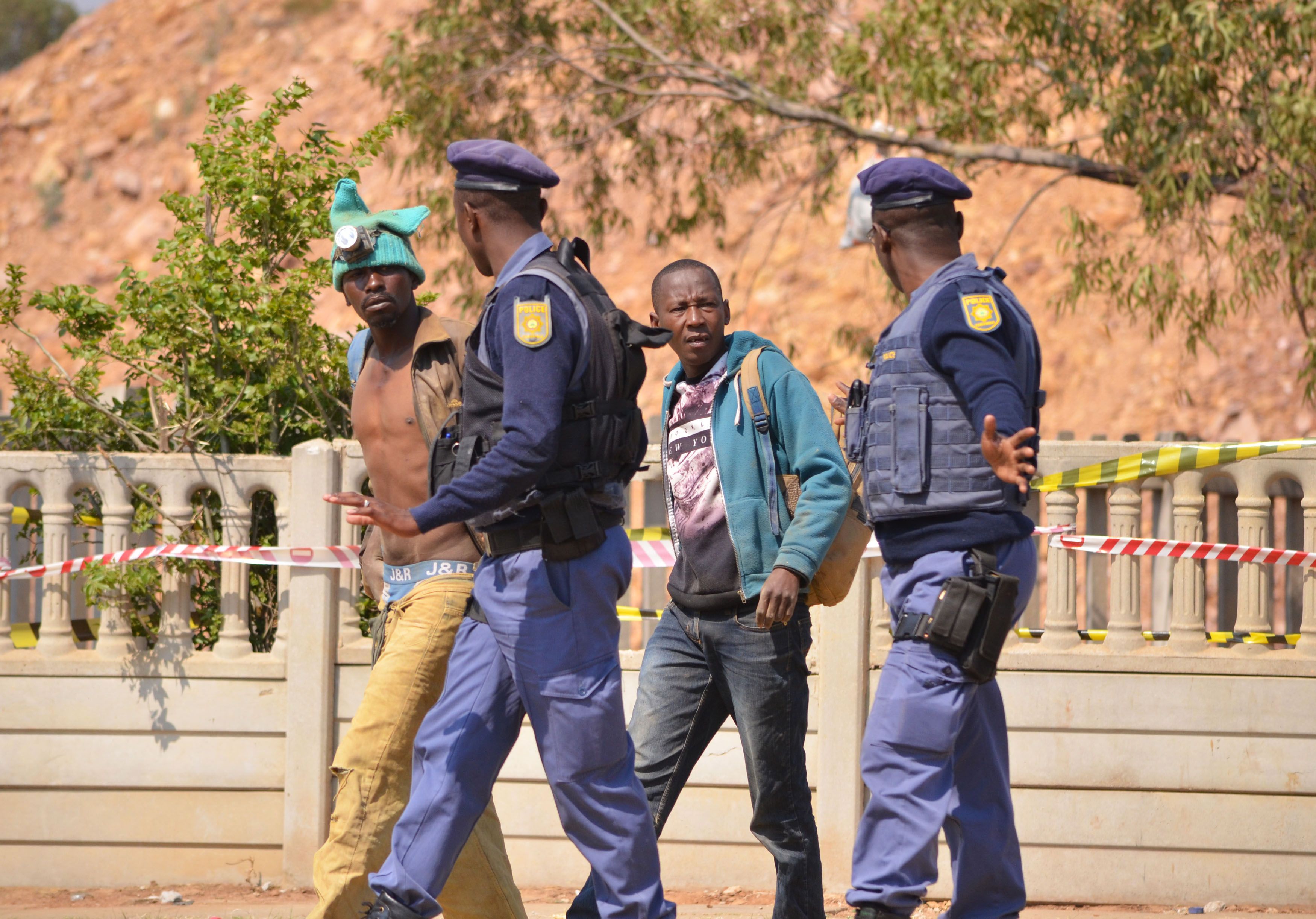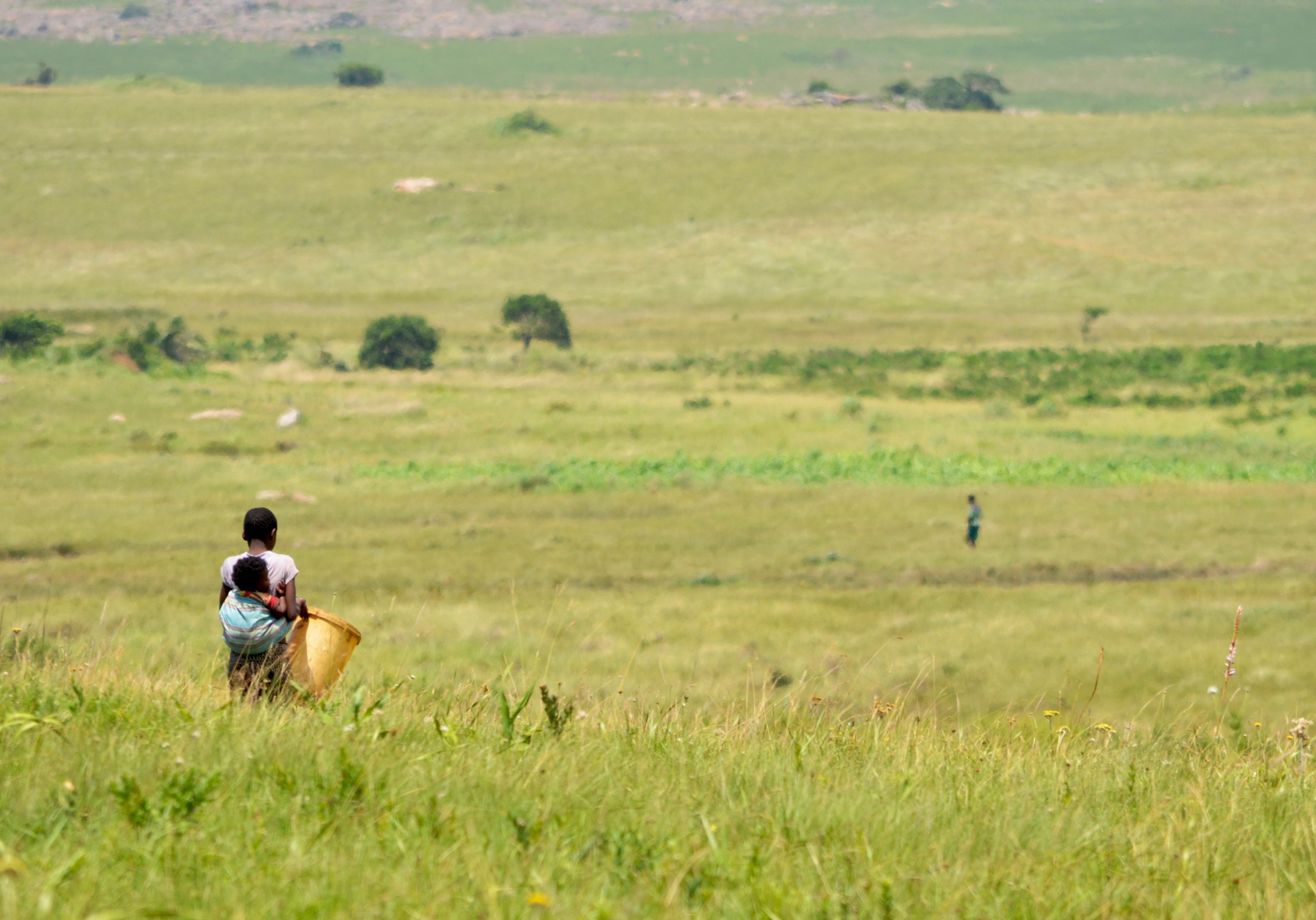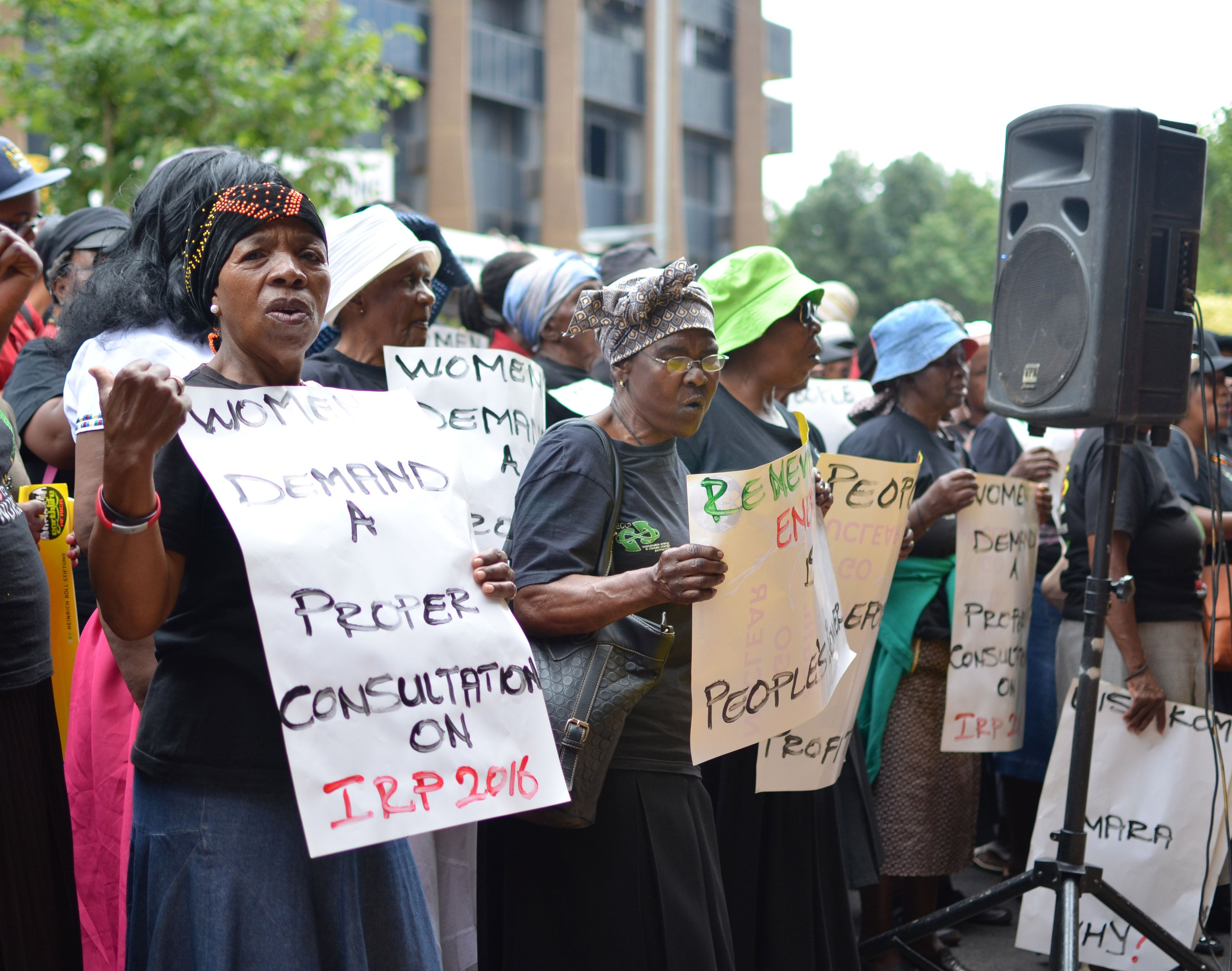For hundreds of years, mining built and strengthened South Africa’s economy. Now, many important resources are either running out or becoming less relevant in a modern world, and the country is struggling to cope with the legacy impacts of this once-proud industry.
The consequences of large-scale mining range from unemployment to vast environmental degradation and various health issues. The country attracted and continues to attract thousands of migrants looking for work in the mines. As the industry sheds jobs annually, these migrants become displaced and often turn to dangerous, illegal mining. The environment suffers from sinkholes, dust fallout from massive waste piles, acid mine drainage, and underground combustion. Former miners and poor communities adjacent to mining operations complain of respiratory issues, rashes, and more, but they have found limited success in litigation.
To cope with many of these problems, South Africa has progressive legislation, aimed at providing money for environment rehabilitation and compelling companies to bring prosperity to affected communities. More often than not, communities and activists must fight extended battles to realize their guaranteed rights.
These photos and this investigation dig into South Africa’s mining culture, chronicling communities’ struggles, the money involved in mining, and the industry’s inner workings.
| Attachment | Size |
|---|---|
| 78.99 KB |
